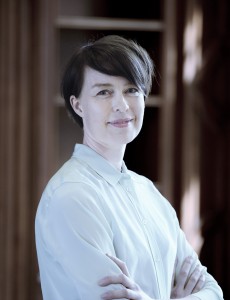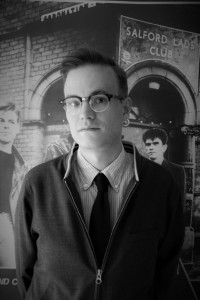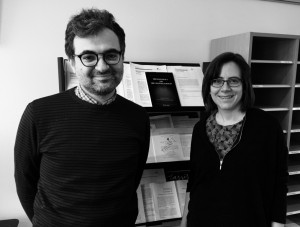
What is the meaning of being in general? This was the question of being that Heidegger addressed in Being and Time. It was neither a question of beings (question of the “ontic sciences”) nor was it a question regarding the various meanings of their being (question of regional ontology). Rather, it was a question that addressed the unity of the meaning of being in general. In the framework of Being and Time, such question of “fundamental ontology”, as Heidegger called it, was to be sought in the existential analytic of Dasein. Heidegger’s reason for taking Dasein’s being as the necessary starting point of the inquiry into the meaning of being was that Dasein has a pre-ontological understanding of its own being and the being of other entities. Hence, in order to clarify the meaning of being in general, we must explicate or uncover the understanding of being that we are always already in possession of. Consequently, the project in Being and Time takes the form of an interpretation (Auslegung) of Dasein’s being.
Now, amidst the apparent hermeneutical nature of Heidegger’s approach, though less evident, we can also identify a transcendental motif insofar as Dasein’s understanding of being serves as the condition of possibility for the meaning of being in general. Yet this way of phrasing it may raise some eyebrows if for no other reason than that Heidegger simply does not characterize his project in those terms and generally avoids using the language of transcendental philosophy in Being and Time. Nevertheless, let us merely recall that Heidegger later came to explicitly disavow the idea of the transcendental and in doing so, he also had in mind his own project in Being and Time. In fact, many commentators have argued that Heidegger does indeed engage in some kind of a transcendental project in the years surrounding Being and Time (e.g. J. Caputo, S. Crowell, D. Dahlstrom, J. Malpas). And a prominent work highlighting the transcendental aspect of Heidegger’s thought came out in 2007 under the title, Transcendental Heidegger (co-edited by S. Crowell and J. Malpas).
Read moreYuko Ishihara / The transcendental in Heidegger and Nishida

 Most philosophers know how to philosophize – after all, they do it, and would not be philosophers if they didn’t. But philosophers typically do not say very much about how philosophy is to be done. Perhaps philosophical methodology – that is, explicit reflection on the methods of philosophizing – strikes most of us as being a less juicy topic than, say, consciousness or euthanasia.
Most philosophers know how to philosophize – after all, they do it, and would not be philosophers if they didn’t. But philosophers typically do not say very much about how philosophy is to be done. Perhaps philosophical methodology – that is, explicit reflection on the methods of philosophizing – strikes most of us as being a less juicy topic than, say, consciousness or euthanasia. In his book Hallucinations, Oliver Sack leads us on a fascinating and informative journey through different kinds of misapprehensions of reality. Hallucinations are, Sacks tells us, “defined as percepts arising in the absence of any external reality—seeing things or hearing things that are not there” (Sacks 2012). He also refers to William James’ definition from Principles of Psychology which in the same straightforward manner reads: “An hallucination is a strictly sensational form of consciousness, as good and true a sensation as if there were a real object there. The object happens to be not there, that is all“ (1890, 116).
In his book Hallucinations, Oliver Sack leads us on a fascinating and informative journey through different kinds of misapprehensions of reality. Hallucinations are, Sacks tells us, “defined as percepts arising in the absence of any external reality—seeing things or hearing things that are not there” (Sacks 2012). He also refers to William James’ definition from Principles of Psychology which in the same straightforward manner reads: “An hallucination is a strictly sensational form of consciousness, as good and true a sensation as if there were a real object there. The object happens to be not there, that is all“ (1890, 116). Kristian Moltke Martiny, Postdoctoral Research Fellow at CFS, just starting his research project
Kristian Moltke Martiny, Postdoctoral Research Fellow at CFS, just starting his research project



 What perfect timing for Alessandro Salice (University College Cork) to come back to the Center as a visiting researcher! It is with great pride and joy that both of us announce the publication of our most recent article on “
What perfect timing for Alessandro Salice (University College Cork) to come back to the Center as a visiting researcher! It is with great pride and joy that both of us announce the publication of our most recent article on “ For the past three months, it has been my great pleasure and honor to be a visiting researcher at the Center for Subjectivity Research. During my time in Copenhagen, I have advanced work on my dissertation, Pointing the Way to Speech: The Sources of Linguistic Intentionality.
For the past three months, it has been my great pleasure and honor to be a visiting researcher at the Center for Subjectivity Research. During my time in Copenhagen, I have advanced work on my dissertation, Pointing the Way to Speech: The Sources of Linguistic Intentionality.